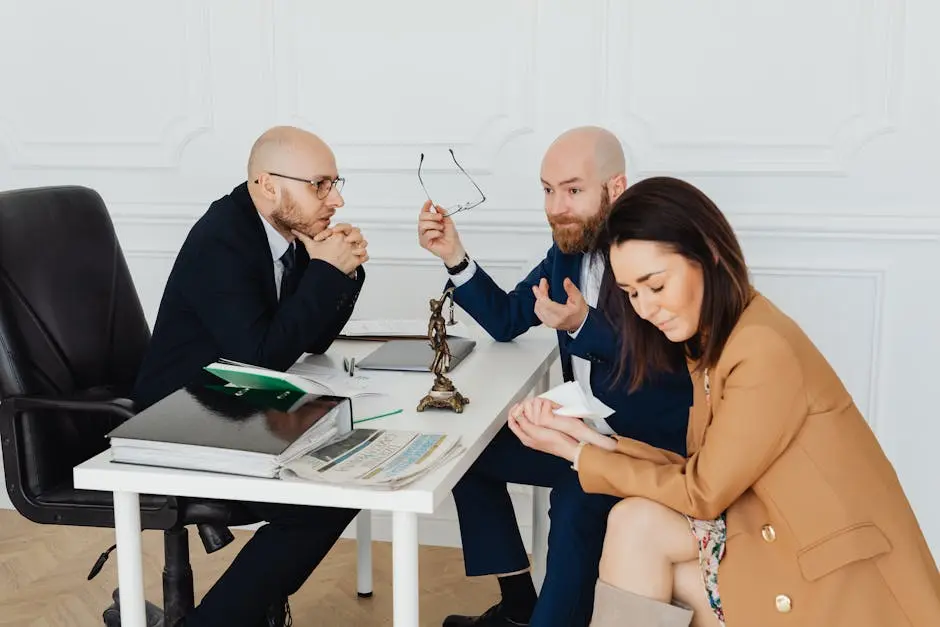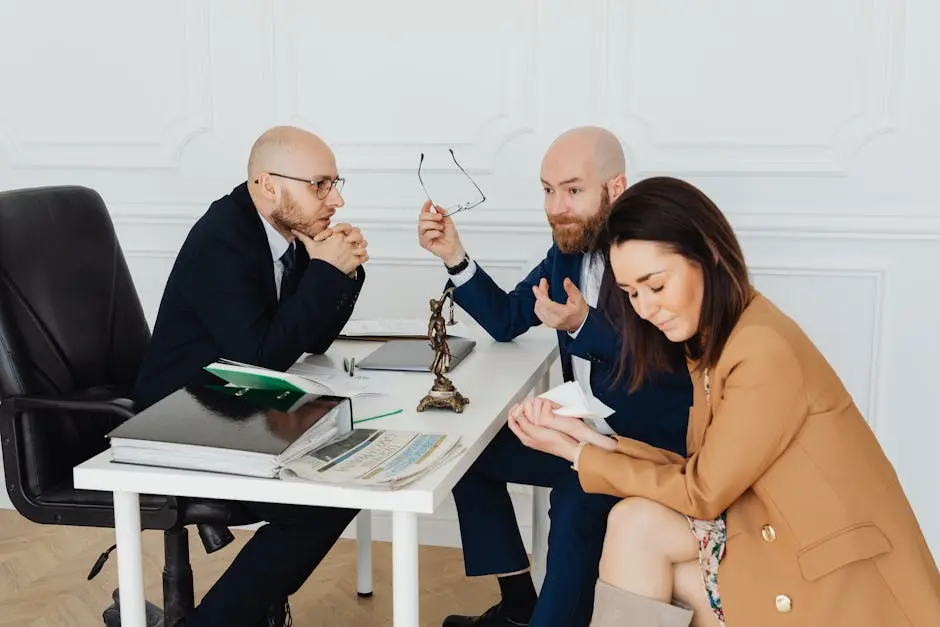Mediation can be a powerful tool for resolving conflicts, fostering communication, and finding agreeable solutions for all parties involved. In this blog, we’ll explore the best practices that can help mediators craft win-win outcomes while maintaining a respectful and productive environment.
Understanding the Role of the Mediator
A mediator acts as a neutral third party whose primary role is to facilitate communication between disputing parties. Understanding this role is crucial for maintaining objectivity and building trust.
Navigating the sometimes stormy waters of conflict resolution requires a delicate balance of objectivity, empathy, and patience. Mediators excel in ways that lawyers or arbitrators do not, such as maintaining neutrality while managing emotional dynamics and ensuring all voices are heard. Unlike delivering a judgment, mediators work towards a scenario where each party feels that their needs and concerns have been validated and considered. This inclusive approach often results in more lasting resolutions than traditional adversarial legal processes.
Preparing for a Successful Mediation Session
Proper preparation is key. From understanding the issues at hand to setting clear objectives, preparation ensures that the process will be constructive and effective.
Readying oneself for a mediation session involves more than just organizing paperwork. Mediators must immerse themselves in the context of the conflict, gather pertinent information, and identify any potential barriers to communication that might arise during sessions. This preparatory phase often involves pre-mediation meetings with the parties to establish a rapport, set ground rules, and align on the goals for the mediation. These initial interactions also help mediators gauge the emotional and psychological readiness of the parties, which can significantly influence the success of the mediation session.
An effective strategy for achieving a productive mediation session is creating an agenda that details the issues to be discussed. This not only helps focus the conversation but also ensures that all parties are aware of what can be expected during the session, reducing anxiety and resistance. Furthermore, recognizing every participant’s capacity to compromise and adapt strategies accordingly enables mediators to remain flexible in their approach, thus enhancing the chances of reaching mutually beneficial solutions.
Creating a Safe and Respectful Environment
Ensuring that all parties feel safe and respected encourages open communication and honest discussion, which are essential for successful mediation.
The environment in which mediation takes place plays a significant role in the outcome of the process. A mediator needs to create a space that is devoid of judgment and conducive to exploration and understanding. Psychological safety allows participants to share their thoughts without the fear of ridicule or aggression, laying the groundwork for sincere dialogue and collaborative problem-solving. Ensuring physical comfort, minimizing distractions, and setting explicit behavioral guidelines contributes to a respectful atmosphere where parties are more likely to engage constructively.
In order to maintain a fair space, mediators must actively listen and reflect back the emotions and concerns expressed by the parties. By acknowledging emotions, the mediator validates each party’s experience and facilitates deeper comprehension between the parties. This acknowledgment breaks down emotional barriers and lays the foundation for mutual respect and understanding, which are the cornerstones of productive mediation.
Facilitating Open and Honest Communication
Open communication is at the heart of mediation. Techniques for encouraging parties to express their needs and concerns are crucial for understanding and resolving conflicts.
One of the key challenges in mediation is bridging communication gaps. Many conflicts arise from misunderstandings or assumptions, and a mediator’s role is to uncover the true narratives behind each party’s perspective. This involves active listening, reframing statements, and asking open-ended questions to draw out hidden feelings or unspoken concerns. For instance, saying, ‘Can you explain more about why this issue is important to you?’ prompts participants to open up about their motivations and underlying interests.
Beyond verbal communication, non-verbal cues are just as critical. Mediators must be adept at reading body language, tone of voice, and emotional signals, as these often reveal insights that words may not. Encouraging parties to maintain eye contact, use gestures, and be mindful of their tone can transform the mediation session into a more engaging and authentic exchange. This openness not only clarifies misunderstandings but also builds empathy and connection among parties, paving the way for conciliatory discussions.
Exploring Interests, Not Positions
Focusing on the underlying interests and needs rather than entrenched positions allows for more creative and mutually beneficial solutions.
When disputes arise, parties often cling to their positions, believing these to be the best expressions of their needs. However, positions can often be rigid and uncompromising, leading to stalemates. By diving deeper into what each party truly values—drawing out their interests—mediators can uncover the real motivations driving their positions. This interest-based negotiation encourages parties to move past surface-level demands and collaborate on solutions that satisfy deeper, shared needs.
An effective way to keep discussions on interests rather than positions is to continually bring the conversation back to the ‘why’ behind each stance. For instance, if one party insists on securing a financial settlement, exploring whether their underlying need is financial security, recognition, or simply closure can open up avenues for alternative resolutions. This method fosters innovative problem-solving and leads to outcomes that might not have been initially apparent, ultimately supporting the goal of win-win solutions in mediation.
Building Consensus and Agreement
Guiding parties towards consensus involves finding common ground and reaching agreements that satisfy everyone’s interests.
Achieving consensus in mediation requires patience, creativity, and persistent engagement from both the mediator and the parties involved. This process is more of an art than a science; it involves weaving together the needs and desires of all stakeholders to form a cohesive and agreeable solution. One effective approach is to highlight areas of agreement early on. These agreements may be small or incidental but identifying them helps foster a spirit of cooperation. Substantial agreement can then naturally emerge from this foundation of mutual understanding and respect.
Once common ground has been established, mediators can gently lead the parties toward crafting formal agreements. The use of frameworks or decision-making models, such as interest-based bargaining, helps keep discussions focused and organized. Throughout this, mediators should remind participants that while compromise may be necessary, the aim is not win-lose negotiations but truly reciprocal and holistic solutions. As consensus builds, documenting these joint decisions in clear and concise terms ensures that all participants leave the mediation room with a shared understanding and commitment to the agreed-upon outcomes.
Achieving Harmony Through Effective Mediation
Embracing these best practices in mediation can lead to more effective and satisfying outcomes for everyone involved. By fostering communication, understanding perspectives, and building consensus, mediators can guide parties toward resolving disputes in a constructive manner. Whether you’re new to mediation or a seasoned professional, these strategies provide a solid foundation for facilitating positive change.

